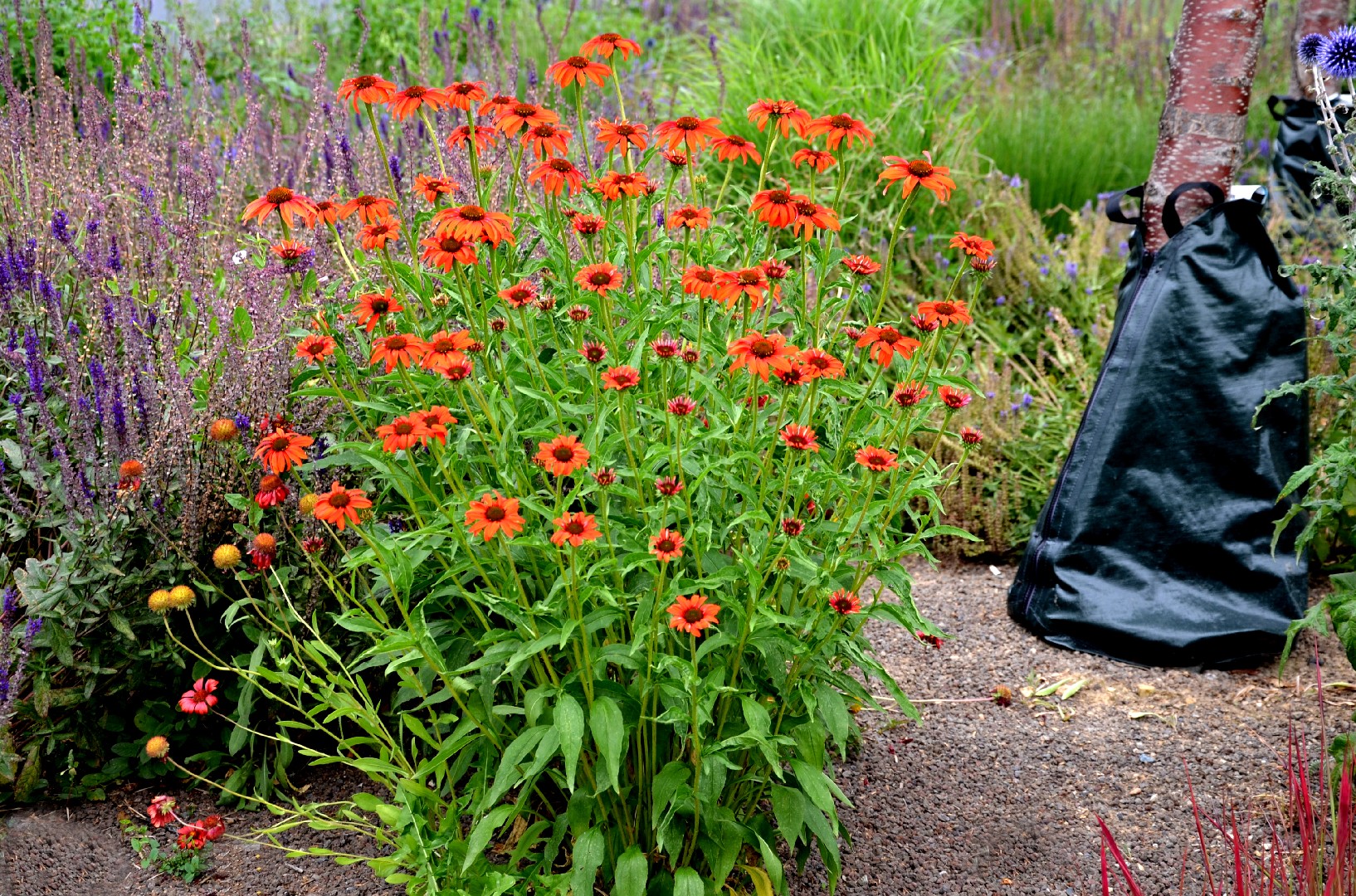![Rectangle]()
Dealing with Persistent Pests
One of the biggest challenges that gardeners face during the summer season is dealing with persistent pests. As the temperature rises and plants grow vigorously, pests seem to multiply and thrive in the warm weather. It is important to understand common garden pests in order to implement effective and targeted pest control methods suitable for hot weather, while also maintaining preventative habits to keep pests at bay.
To effectively tackle garden pests, it is crucial to identify the specific pests causing damage to your plants. Some common garden pests during the summer include aphids, slugs, snails, caterpillars, and spider mites. These pests can cause a range of issues, from yellowing leaves and stunted growth to complete destruction of plants.
One of the most practical and eco-friendly methods to control pests in your summer garden is by introducing beneficial insects. Ladybugs, lacewings, and predatory wasps are natural predators of many common garden pests. By attracting and supporting these beneficial insects, you can create a natural balance in your garden ecosystem and reduce the need for chemical pesticides.
Another effective pest control method for hot weather is regular monitoring and handpicking. Spend some time each day inspecting your plants for signs of pest activity and remove any visible pests manually. This method is especially useful for larger pests like slugs and caterpillars, which can be easily collected and disposed of.
In addition to these methods, it is essential to maintain good garden hygiene and practices to prevent pests from infesting your plants. Regularly remove any fallen leaves, weeds, or decaying plant matter as they can provide breeding grounds for pests. Keep your garden beds and pathways clean and weed-free to create an environment that is less attractive to pests.
Watering your plants properly can also help prevent pest infestations. Overwatering can lead to conditions that attract pests, such as fungus and rot. It is important to water your plants deeply and infrequently, allowing the soil to dry out between watering sessions. This helps promote strong root growth and discourages pests that thrive in moist conditions.
By implementing these preventative habits and pest control methods suitable for hot weather, you can effectively tackle persistent pests in your summer garden. Remember to identify the specific pests you are dealing with, create a welcoming environment for beneficial insects, regularly monitor and handpick pests, maintain good garden hygiene, and water your plants properly. With these practices in place, you can enjoy a beautiful and pest-free garden throughout the summer season.





